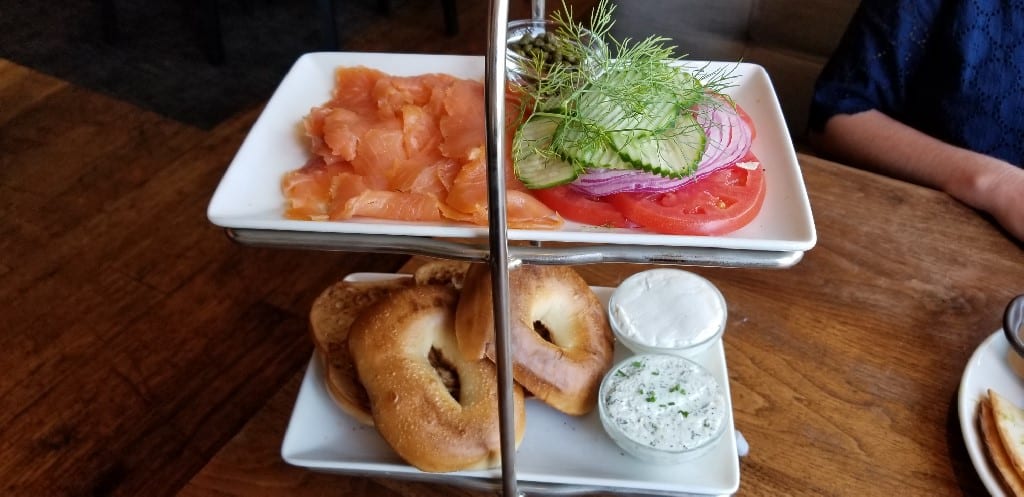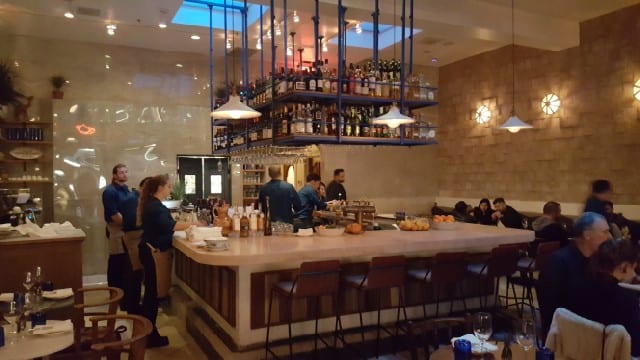Day (and Night) Drinking at Bar Joe (at Spoonfed)
Hollywood has a new drinking (and eating) destination. Bar Joe, inside Spoonfed, will satisfy you morning, noon and night. That is right, Bar Joe is an all-day drinking destination. Bar Joe is located inside Spoonfed in the heart of the Hollywood Media District. Spoonfed is a large, bright open space that combines counter service with comfortable seating and lots of natural light.
Bar Joe is located inside Spoonfed in the heart of the Hollywood Media District. Spoonfed is a large, bright open space that combines counter service with comfortable seating and lots of natural light.

 Tucked inside Spoonfed is Bar Joe. Bar Joe offers table service in its dining room and patio. The entire Spoonfed menu is available in Bar Joe and Bar Joe provides all of the drinks for both spaces. The only thing you have to decide is if you want table service or self-service.
Tucked inside Spoonfed is Bar Joe. Bar Joe offers table service in its dining room and patio. The entire Spoonfed menu is available in Bar Joe and Bar Joe provides all of the drinks for both spaces. The only thing you have to decide is if you want table service or self-service.
24 July, 2018



 Cocktails
Cocktails















